Driving a car in Italy
Are you about to rent a car in Italy and want to be informed about the main road bans and obligations in the Belpaese?
Here is some of the information that may be useful to you during and after your trip.
Seat BeltsSeat belts are compulsory for the driver and all passengers in vehicles, including quadricycles and minicars.
Main traffic regulations:
- Driving, on all Italian roads, is on the right. Correct behaviour requires the vehicle to occupy the free lane furthest to the right of the carriageway. Left-hand lanes are reserved for overtaking.
- It is forbidden to drive on the emergency lane, which is reserved for emergency vehicles and emergency stops.
- An adequate safety distance between vehicles must be maintained in order to avoid collision with the vehicle in front in the event of a stop.

SPEED LIMITS
Vehicles The maximum permitted speed for vehicles, unless otherwise indicated on signs, is
➢ 130 km/h on motorways. The Highway Code stipulates that on motorways with three lanes, in each direction, the owners or concessionaires may raise the maximum speed limit to 150 km/h subject to the installation of the appropriate signs and depending on the characteristics of the carriageway
➢ 110 km/h
on main extra-urban roads
➢ 90 km/h on secondary suburban roads and local roads
➢ 50 km/h in built-up areas, with
the possibility of raising this limit to a maximum of 70 km/h for urban roads whose construction and functional characteristics allow this, subject to the installation of appropriate signs. In the event of atmospheric precipitation of any kind, the maximum speed may not exceed 110 km/h for motorways and 90 km/h for main roads.
USE OF LIGHTS

LANES RESERVED FOR PUBLIC TRANSPORT

ACCESS TO RESTRICTED TRAFFIC ZONES (ZTL)
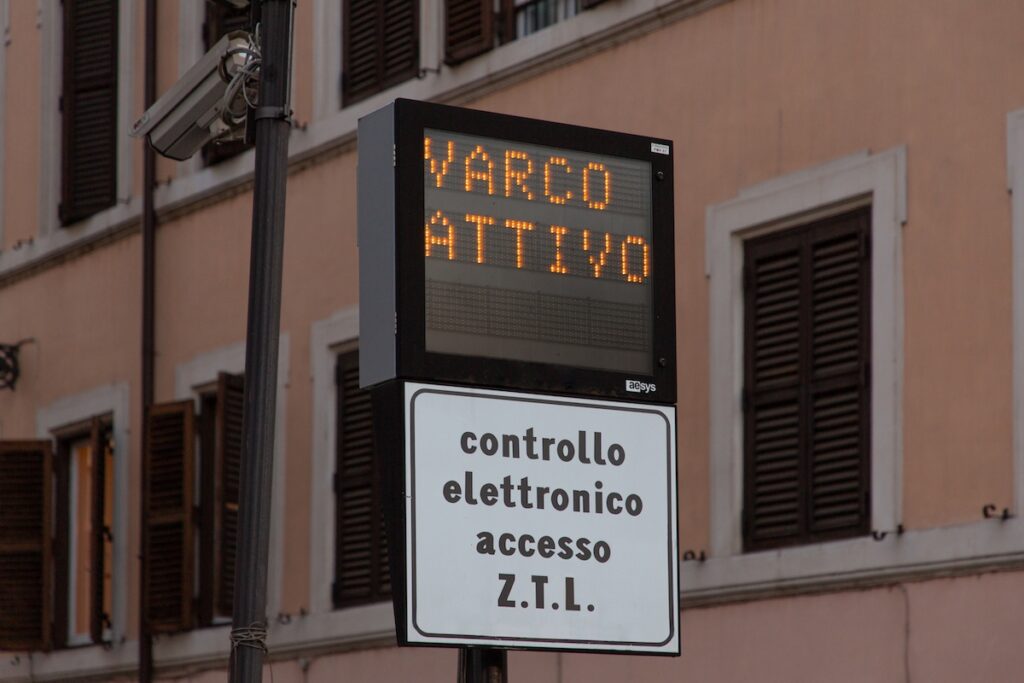
ROTATORIE
When entering a roundabout, right of way is given according to any specific signs placed in the vicinity. In the absence of signs (to stop or give way), it is mandatory to give way to those coming from the right. Drivers approaching a roundabout must: use the utmost caution to avoid accidents; regulate their speed both when entering and exiting; assess lane changes carefully when driving through it, taking care not to cut off other motorists and be ready to give way to other vehicles, paying particular attention to pedestrian crossings.
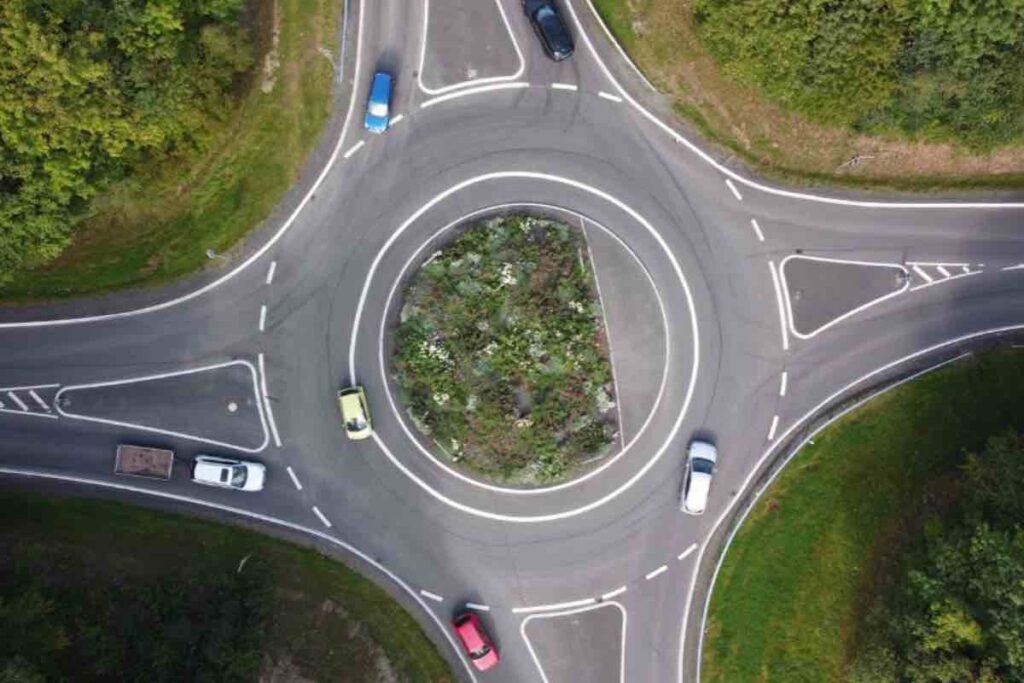
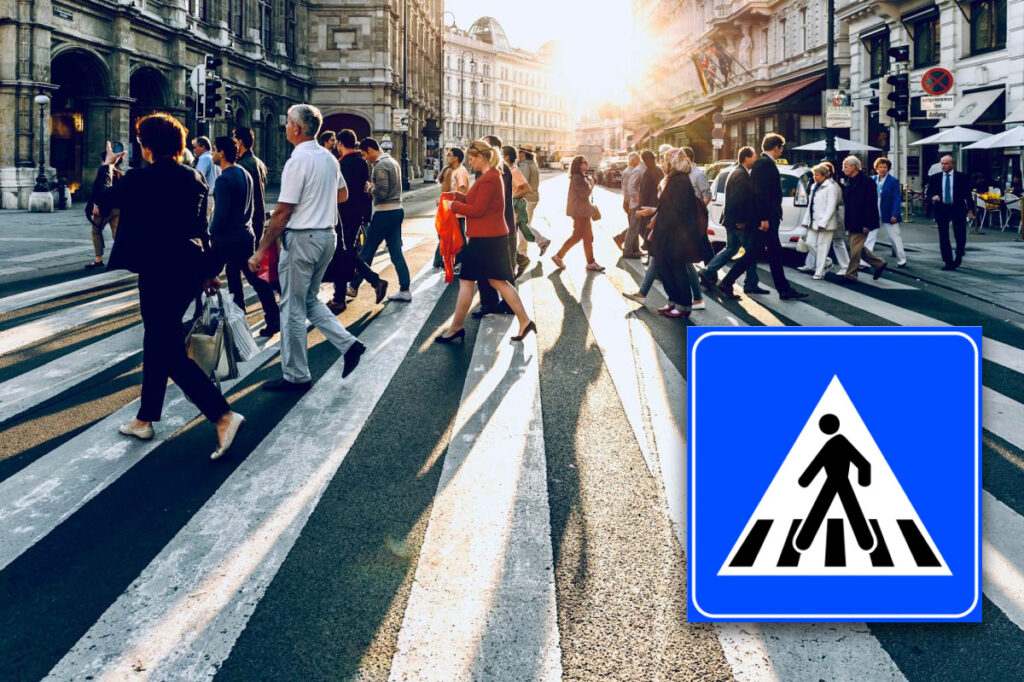
PEDONI
PARKING
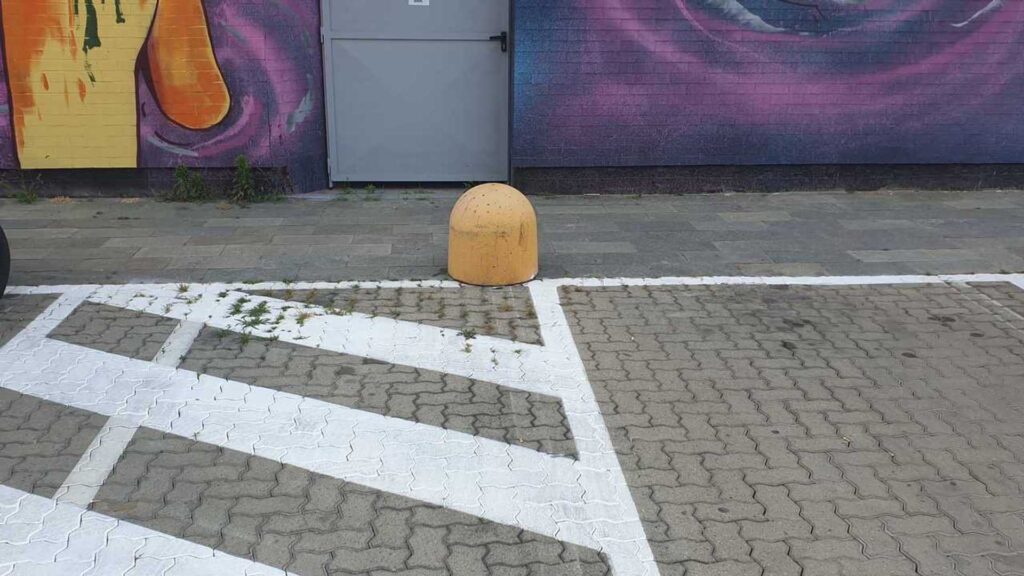
White stripes
These are the 'free' ones, on which you can park for free. Beware, however, of vertical signs, parking may be limited in time and a time disc indicating the time of arrival must be displayed. If there are other areas around a marked parking space covered by diagonal stripes, it means that you should not park on those, but should be left free for passing or for manoeuvring.
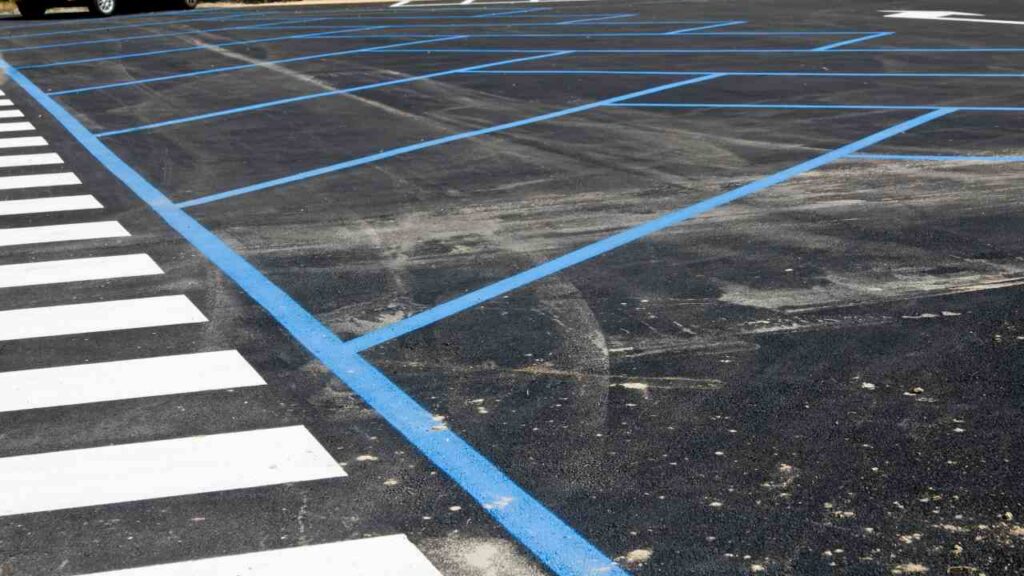
Blue stripes
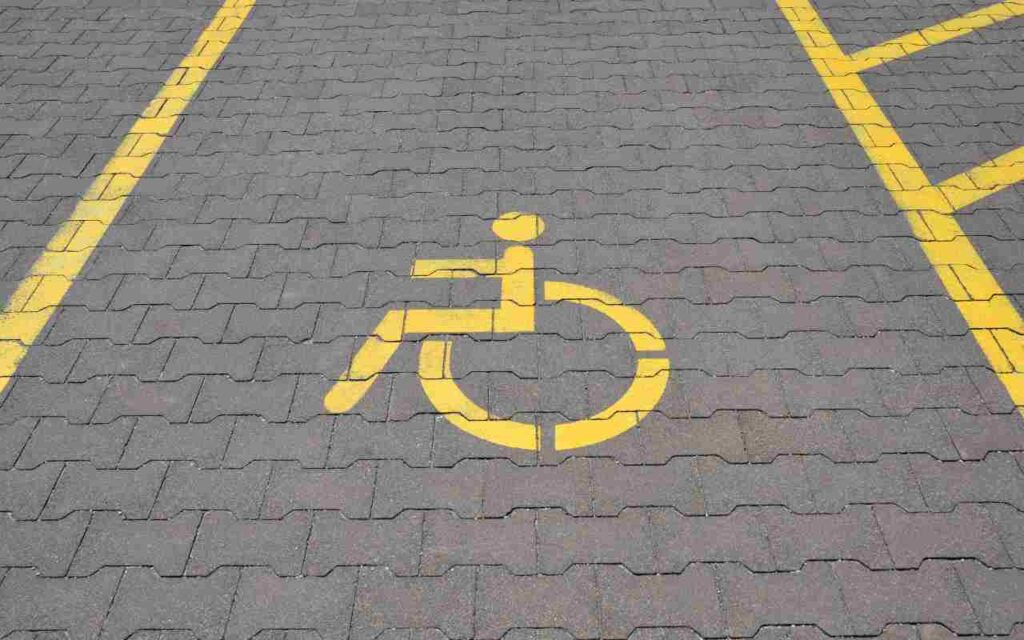
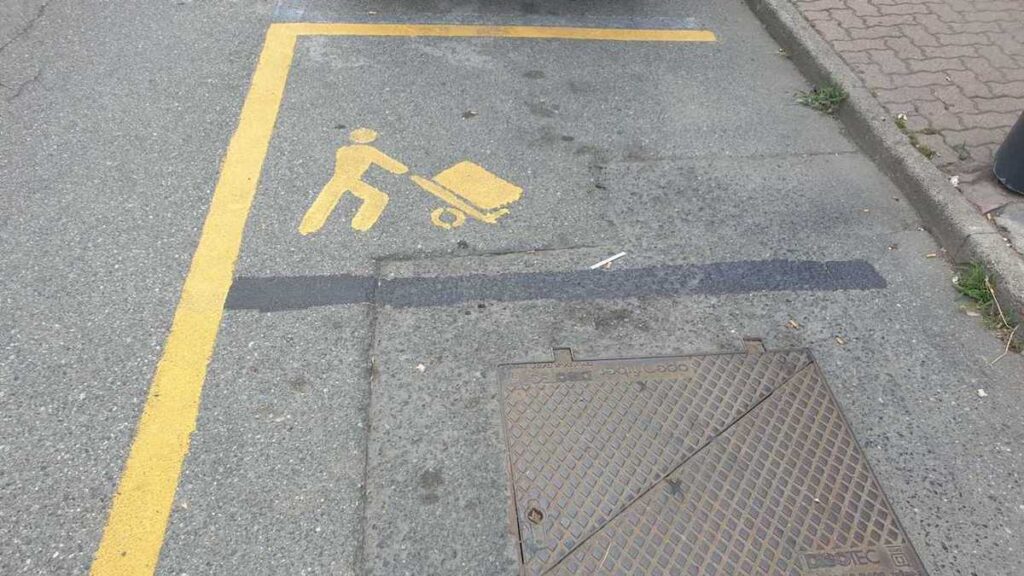
Yellow stripes
Areas designated for loading and unloading goods in front of shops, warehouses and other businesses are also yellow. In the latter case, parking is temporary and tied precisely to the delivery or receipt of goods, after which the vehicle must be removed for the same reason that prevents leaving a car parked on electric charging bays if it is not charging, i.e. to make it available to those who really need it.
Normally, however, this takes place at specific times expressly indicated by vertical signs, which roughly correspond to the operating hours of the business. Outside these hours, occupying them is not forbidden, but beware. If there are no precise indications, the area is understood to be reserved for loading and unloading 24 hours a day and therefore parking is always prohibited.

Green stripes
They are a relatively recent innovation: green is the colour associated with ecology and this is sometimes used to indicate electric car parking spaces, which can also be blue. Those for recharging are always accompanied by the recharging symbol and, in case it needs to be pointed out, the presence of a recharging column or wallbox, and as already explained, are only to be occupied for the time of charging.
Some cities, however, have also started to introduce green parking spaces, or rather, green strips alongside blue ones, without charging: these are not exclusively dedicated to zero-emission cars, but allow those with an electric or hybrid to park for free for a certain period. They can also be occupied by non-electric cars, which will then pay for parking as normal as on the blue stripes.

Pink stripes
USE OF LENSES, MOBILE PHONES AND ELECTRONIC DEVICES
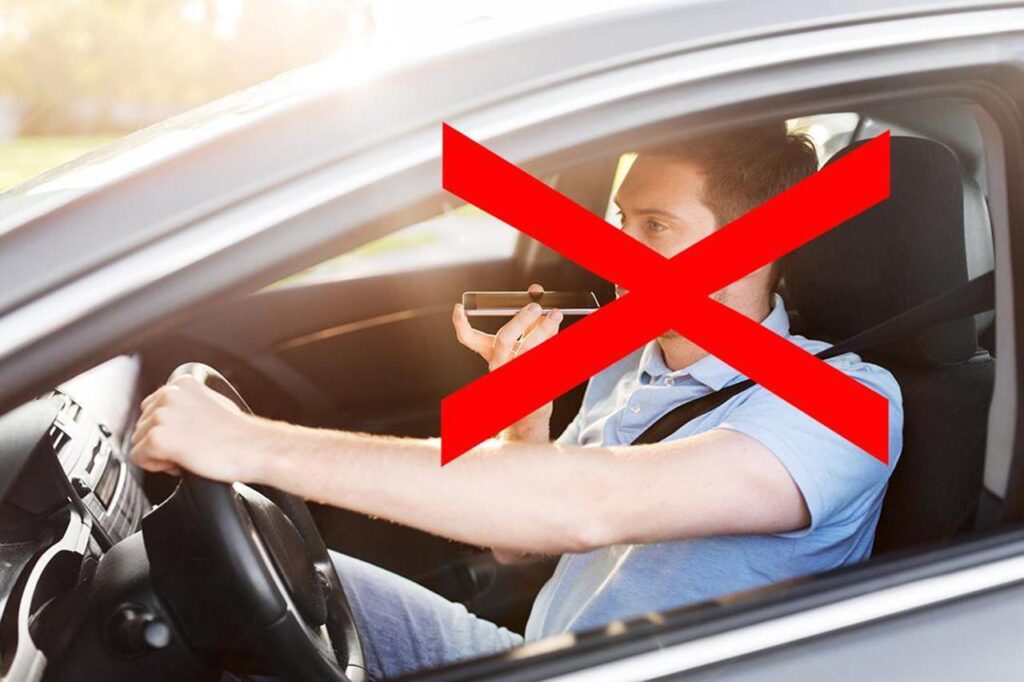
The holder of a driving licence who is required to use lenses or other equipment is obliged to use them while driving.
It is forbidden, while driving a vehicle, to use a mobile phone and electronic devices (e.g. tablets and similar devices, headphones for music).
Mobile phones may only be used using hands-free or headset devices, provided the driver retains adequate hearing capacity.

Footwear
The driver can responsibly decide which type of footwear suitable for driving to use. The ban on wearing open-toed shoes no longer exists, as almost all braking systems are now hydraulic or computerised. The general principle therefore applies that the driver's behaviour must be responsible and self-disciplined in the choice of clothing and accessories in order to ensure effective driving action by allowing the greatest possible freedom of movement and grip on the pedals.
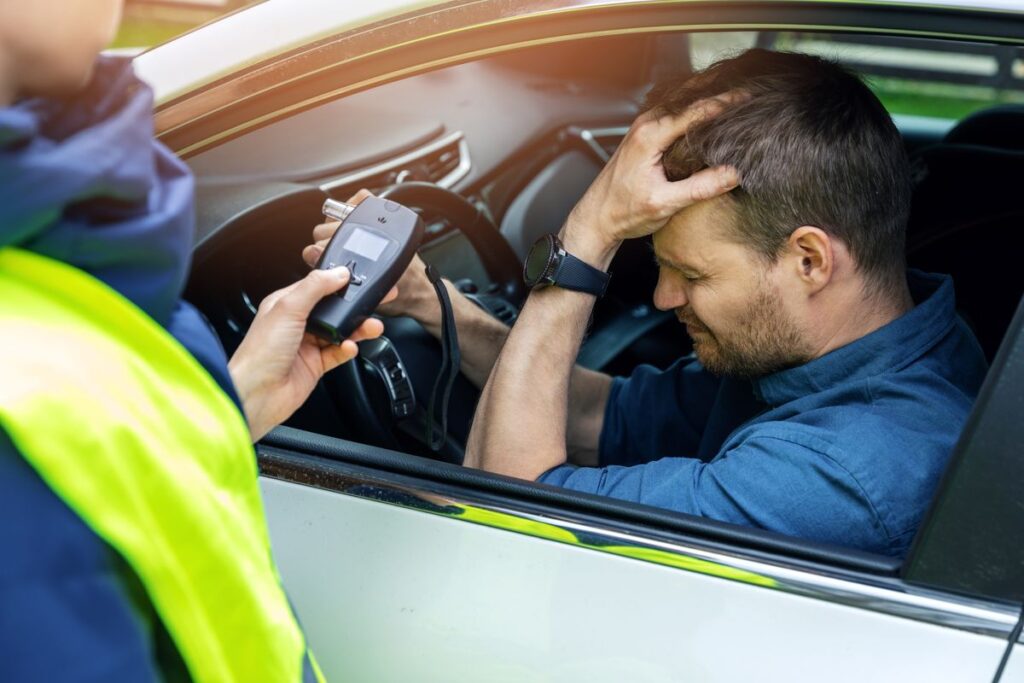
BLOOD ALCOHOL LEVEL, NARCOTIC AND PSYCHOTROPIC SUBSTANCES
Main sanctions
For your information, we indicate the main sanctions provided for in the Highway Code in the event of a traffic offence:
➢ Safety belts are compulsory for the driver and all passengers of vehicles, including quadricycles and minicars. For failure to use child safety seats/adapters or seat belts for minors, the driver or, if present, the person responsible for the supervision of the minor is liable. In the event of infringement, the sanctions laid down in Art. 172, para.
10, of the Highway Code
➢ in the event of a breach of the speed limit, the sanctions provided for in Article 142(7) of the Road Traffic Act apply
➢ in the case of access to restricted traffic zones, the sanctions provided for in Article 7(14) of the Road Traffic Act apply
➢ if driving while intoxicated, the penalties provided for in Article 186(2) of the Road Traffic Act apply, depending on the blood alcohol level, with suspension or revocation